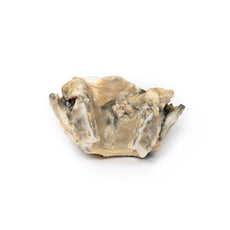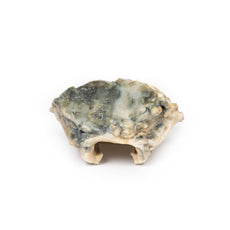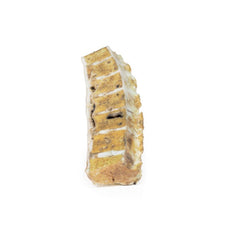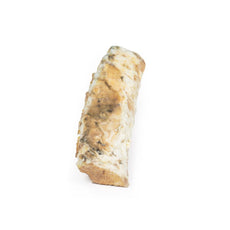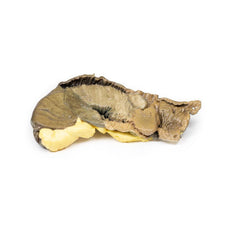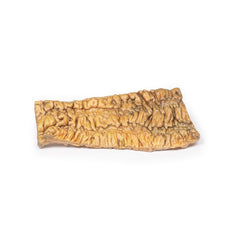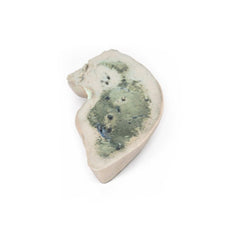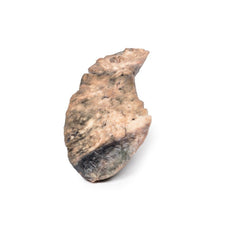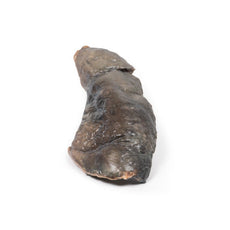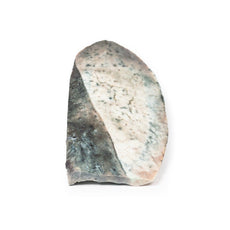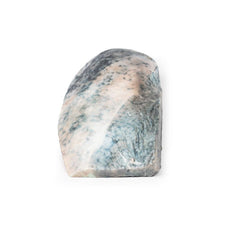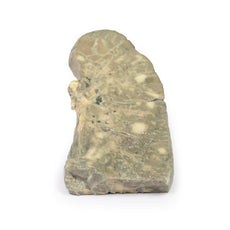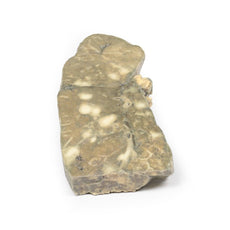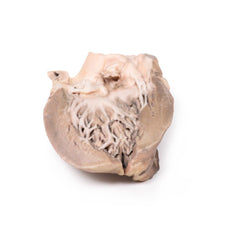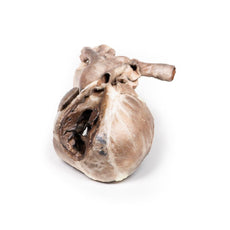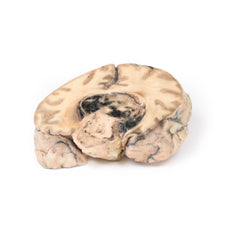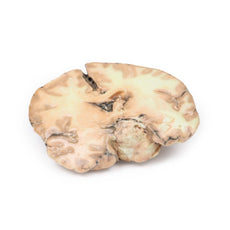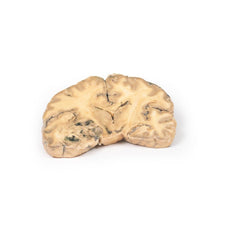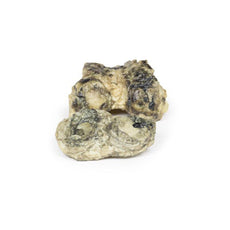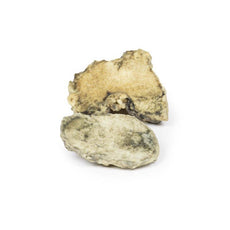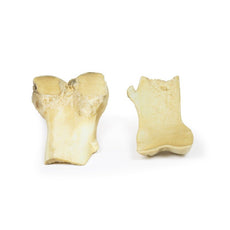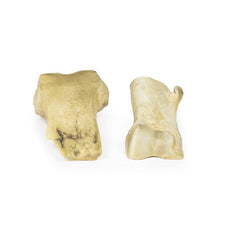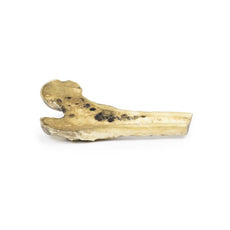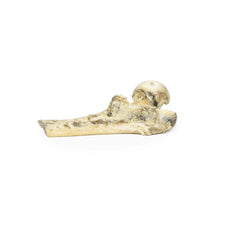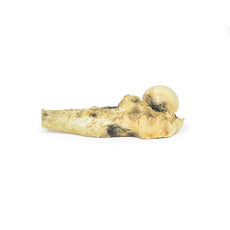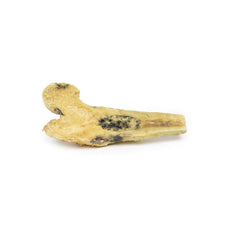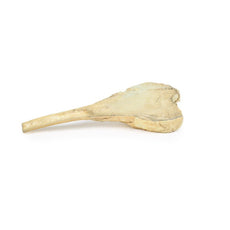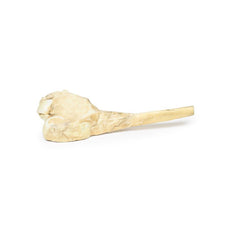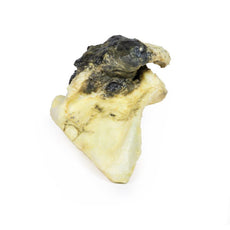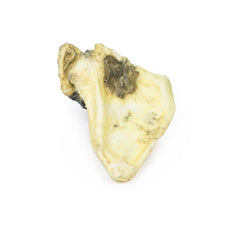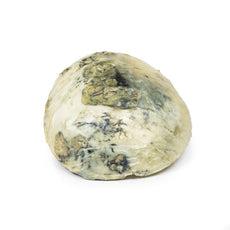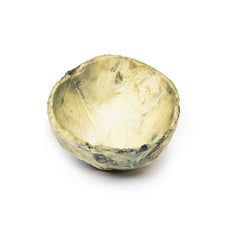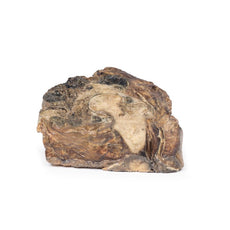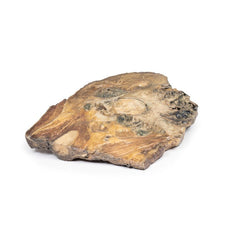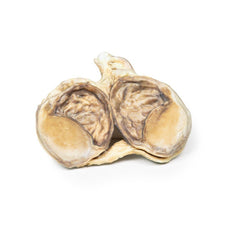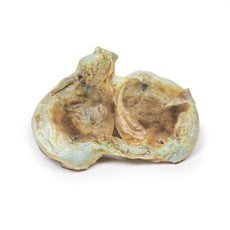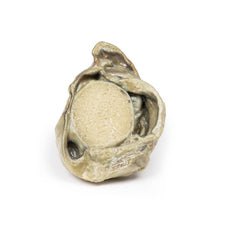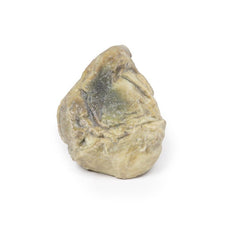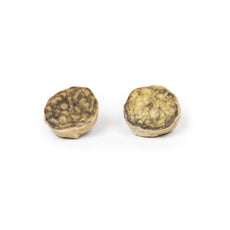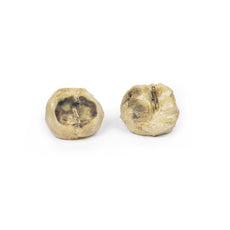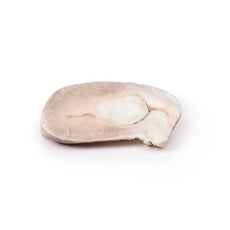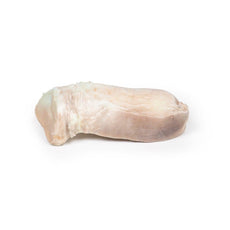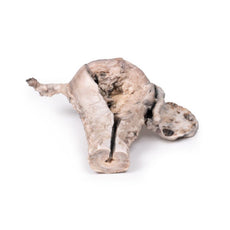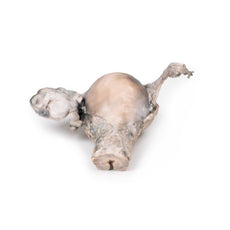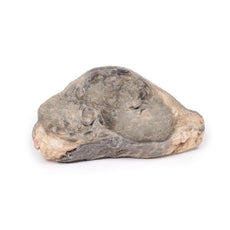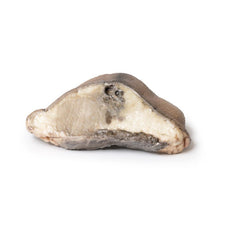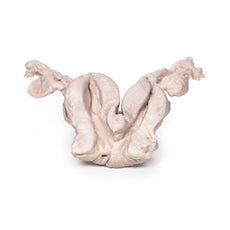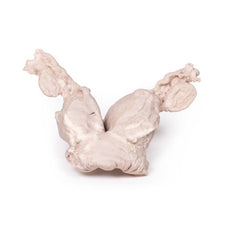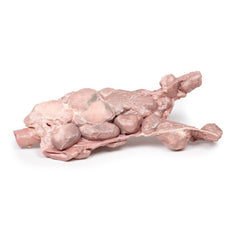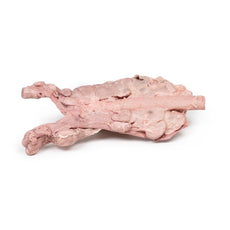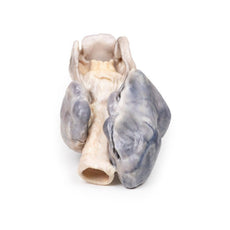Your shopping cart is empty.
3D Printed Adrenal Haemorrhage / Waterhouse-Friderichsen Syndrome
Item # MP2090Need an estimate?
Click Add To Quote

-
by
A trusted GT partner -
3D Printed Model
from a real specimen -
Gov't pricing
Available upon request
3D Printed Adrenal Haemorrhage / Waterhouse-Friderichsen Syndrome
Clinical History
A 77-year old male presented with a 3-day history of abdominal and flank pain
with fevers and rigors. He was 2 weeks post-operative from a duodenal ulcer repair surgery. He was hypotensive,
hyperkalemic and hyponatremic with a purpuric rash. His blood cultures grew Escherichia coli. He failed to respond
to treatment, and died soon after admission due
3D Printed Adrenal Haemorrhage / Waterhouse-Friderichsen Syndrome
Clinical History
A 77-year old male presented with a 3-day history of abdominal and flank pain
with fevers and rigors. He was 2 weeks post-operative from a duodenal ulcer repair surgery. He was hypotensive,
hyperkalemic and hyponatremic with a purpuric rash. His blood cultures grew Escherichia coli. He failed to respond
to treatment, and died soon after admission due to septic shock.
Pathology
The combined kidney and adrenal gland have been mounted, in order to display the cut
surfaces. Extensive haemorrhage has occurred into the adrenal medulla, and there is some extravasation of blood into
the periadrenal fat. This is an example of adrenal haemorrhage in the setting of severe septic shock also known as
‘Waterhouse-Friderichsen’ syndrome.
Further Information
Waterhouse-Friderichsen syndrome is characterised by adrenal haemorrhage
cause by overwhelming sepsis leading to hypotensive shock, disseminated intravascular coagulation (DIC) and
adrenocortical insufficiency. It most commonly occurs in children and rarely in adults. Neisseria meningitis causes
over 80% of cases of adrenal haemorrhage. Other organisms that may cause it include Streptococcus pneumoniae,
pseudomonas aeruginosa, Escherichia coli, Klebsiella pneumoniae, Haemophilus influenzae and staphylococci.
The
exact cause of the haemorrhage is unclear. It may be due to bacterial seeding of the adrenal vessels, to the DIC or
to endothelial dysfunction from inflammatory mediators or bacterial toxins. Adrenal haemorrhages can occur
bilaterally. The haemorrhage begins in the medulla and extends outwards to the cortex, and may extend into the
periadrenal fat. This leads to adrenal gland failure. Patients present with rapidly progressive septic shock,
diffuse purpuric skin rash and adrenal insufficiency crisis. Treatment includes supportive therapy, intravenous
antibiotics directed against the cultured organisms, and steroid therapy. The mortality rate is over 50%.
 Handling Guidelines for 3D Printed Models
Handling Guidelines for 3D Printed Models
GTSimulators by Global Technologies
Erler Zimmer Authorized Dealer
The models are very detailed and delicate. With normal production machines you cannot realize such details like shown in these models.
The printer used is a color-plastic printer. This is the most suitable printer for these models.
The plastic material is already the best and most suitable material for these prints. (The other option would be a kind of gypsum, but this is way more fragile. You even cannot get them out of the printer without breaking them).The huge advantage of the prints is that they are very realistic as the data is coming from real human specimen. Nothing is shaped or stylized.
The users have to handle these prints with utmost care. They are not made for touching or bending any thin nerves, arteries, vessels etc. The 3D printed models should sit on a table and just rotated at the table.










